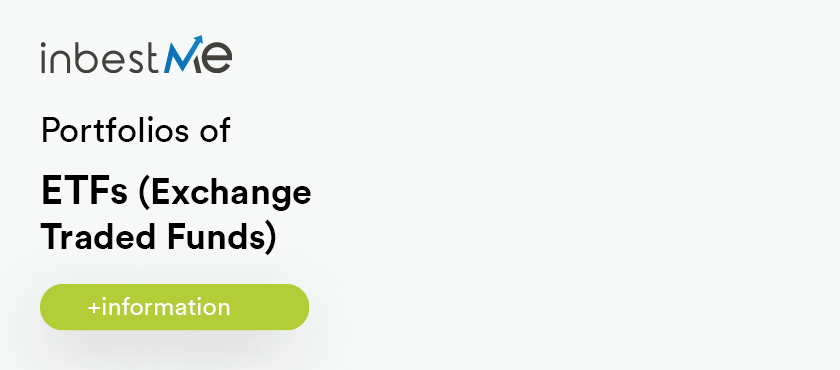In the long run, smaller companies (Small Caps) tend to outperform larger companies (Large Caps). So what is the role of the small caps?
As we pointed out in this post, the size factor (in this case we are referring to small companies) is one of the characteristics of companies that tends to generate extra profitability in the long term.
Table of contents
ToggleThe role of Small Caps deliver higher returns
In a sense, it is an extra consideration that the market gives the investor for agreeing to invest in smaller companies that are normally considered riskier than large companies.
Investors get extra compensation for taking on additional risk.
The size factor tends to be procyclical in nature. Performing better than general markets when things are going well and worse than the general market in bad times.
The additional long-term yield also comes at the expense of higher volatility of returns.
Moreover, like the other factors, the size factor can experience prolonged periods of underperformance. For example, over the past few years, US technology mega-cap companies have outperformed small-cap companies.
That said, in the long run, it makes sense to assume that the increased risk involved in investing in small-cap stocks will pay off again with additional returns.
The chart below shows the performance of the MSCI World Index vs. the performance of the MSCI World Index Small Cap since the beginning of 2001.
As can be seen in the chart above, the small cap index (MSCI World Small Cap Index) shows a much higher total return. This is despite a period of underperformance in recent years.
Small companies have somewhat more volatility
Calculations are in terms of gross yields in $.
This higher return is obtained, as shown in the table above, at the expense of slightly higher volatility and a higher maximum drawdown (MD) over the period considered (2001 to 2021).
There is a curious, but positive effect in this case. If we compare the MD: we can notice that the MDs of small-cap companies tend to be a bit deeper.
But they also recover more quickly, as they tend to be faster reacting to both the downside and the upside.
Small Caps deliver higher risk-adjusted returns
In general, small caps appear to be a good investment vehicle for investors who are looking at the long term and are not scared by higher short-term volatility.
One way to measure the efficiency of one asset relative to another is to measure its risk-adjusted/volatility-adjusted return, the Sharpe Ratio.
As can be seen in the table above, Small Caps have a somewhat higher Sharpe ratio (0.51) in the period under review than the general index (0.48), as the higher returns more than compensate for their higher volatility.
Although past performance is no guarantee of future results, we have decided to strategically expand exposure to small-cap stocks in our standardized index portfolios.
We will do so in portfolios with higher risk profiles (7 to 10). As, investors with a higher risk profile tend to have a longer time horizon and accept slightly higher volatility. Therefore, it should not be a big problem for them.
We believe that the higher expected return of smaller cap stocks outweighs the risk of higher volatility. If anything, it is more efficient in terms of return/risk and is well suited to long-term strategic portfolios.
Small Caps in the inbestMe portfolios
Our interest in introducing Small Caps into our portfolios is not new.
These are already present in the inbestMe equity pension plan, with 4% through the Schwab US Small Cap ETF.
Our standard dollar ETF portfolios also have exposure to small caps indirectly. They include the CRSP index, which has exposure to small cap companies.
These portfolios also have exposure to an equal weight ETF that somewhat overweights smaller companies.
Yes, we have decided to add exposure to Small Caps in our standard Euro portfolios. Adding 4% in the iShares MSCI World Smal Cap UCITS ETF in profiles 7 to 9, and 6% in profile 10. In line with the above.
We added 4% in the Vanguard Global Smal Cap index fund EUR ACC. In profiles 7 to 9 and 5% in profile 10.
These changes will be made during the months of February and March 2022. Taking advantage of the rebalancing of our clients’ portfolios, and as always at no additional cost. This is the role of the Small Caps in the diversified portfolios.










